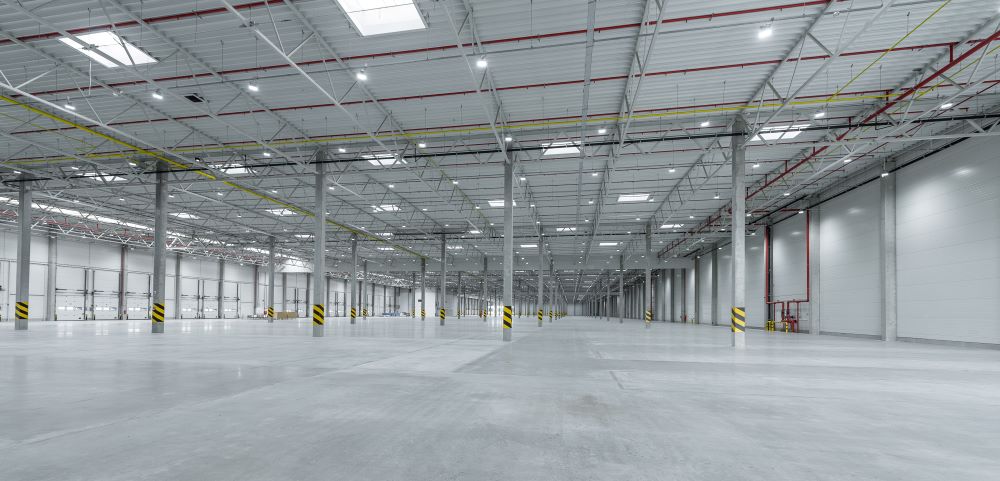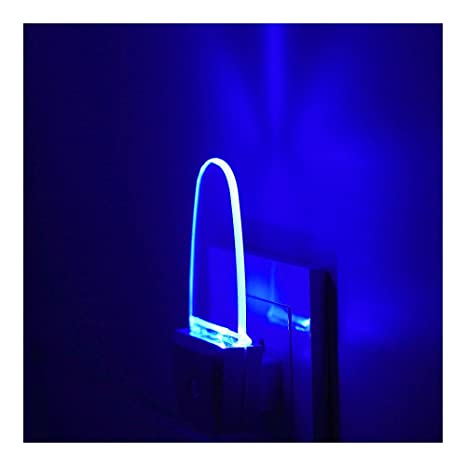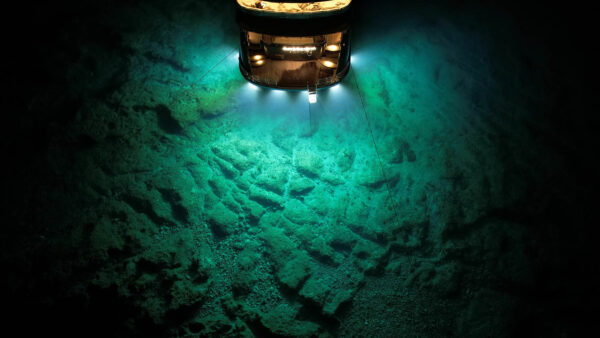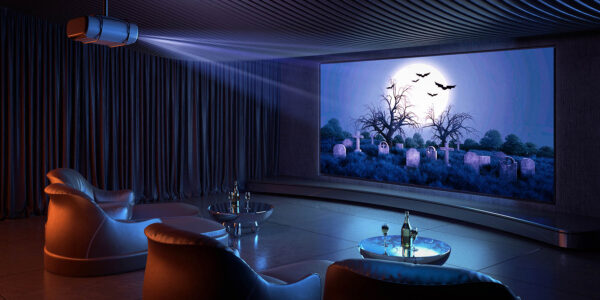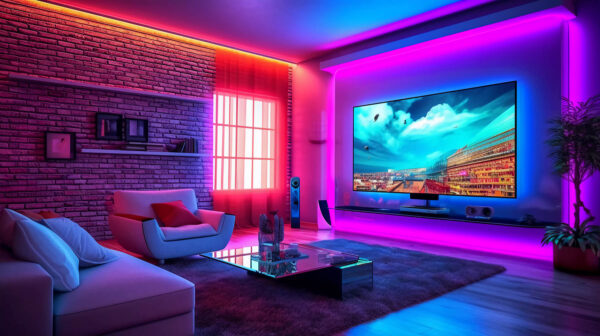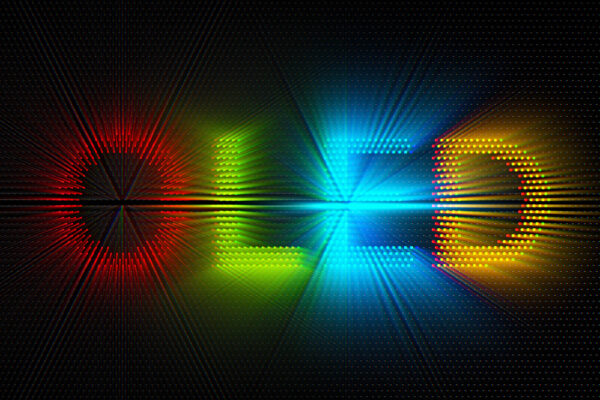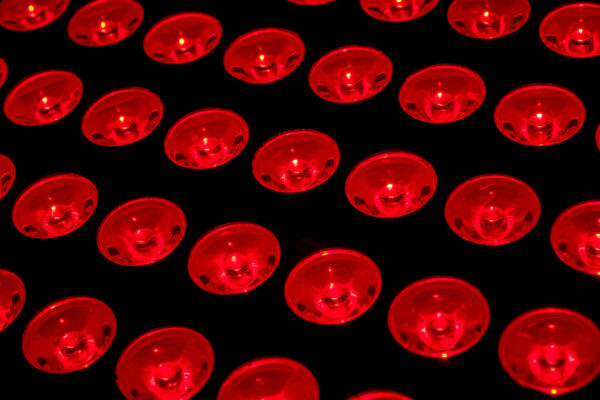Architects and engineers that design and construct industrial buildings, including manufacturing spaces and warehouses, have historically chosen to illuminate those buildings with high-intensity metal halide or fluorescent fixtures. A third option of LED industrial lighting is now becoming more available and more economically reasonable. When considering among the three available options, most building architects and engineers will see more benefits to choosing LED industrial lighting than other available lighting solutions.
LED Lighting for Industrial Use
Contrary to many expectations, LED lighting is a cost-effective and economical option to metal halide and fluorescent lighting. Initial equipment and installation costs may be slightly higher, but LED operating and maintenance costs are lower and LED systems have a longer lifespan than other lighting options. You’ll make a larger investment when you choose LED lighting, but your returns on that investment will be greater and will extend over a longer period of time.
Technology objections to LED lighting are often based on misunderstandings or misinformation. For example, LED industrial lighting is not a new technology which Benefits of LED Industrial Lighting. Rather, it has been available for many years, but only became widely available for industrial applications as LED manufacturers have developed better and more cost-efficient production techniques to expand the LED market. Moreover, LED lighting systems require no magnetic ballasts that need to be serviced or replaced. LED lights use electronic drivers that manage power and control the efficiency of the lighting fixture. Manufacturers have integrated sensing, dimming, and rapid on-off capabilities into those drivers to optimize the capability and efficiency of LED lighting systems. A well-designed and engineered electronic driver will provide more than 50,000 hours of use before requiring replacement, which is twice as much, for example, as ballasts for fluorescent fixtures.
Benefits of LED Industrial Lighting
Industrial settings require robust and efficient lighting solutions to ensure optimal visibility, safety, and productivity. LED (Light Emitting Diode) industrial lighting has emerged as a game-changer, revolutionizing the way industrial spaces are illuminated. With its numerous advantages, LED lighting has become the preferred choice for industrial applications. In this article, we will delve into the benefits of LED industrial lighting and how it transforms the landscape of industrial illumination.
- Energy Efficiency:
One of the most significant advantages of LED industrial lighting is its exceptional energy efficiency. LED lights consume significantly less energy compared to traditional lighting technologies such as fluorescent or high-intensity discharge (HID) lamps. LED fixtures convert a higher percentage of energy into visible light, minimizing energy waste in the form of heat generation. This energy efficiency leads to substantial cost savings and reduces the environmental impact by lowering carbon emissions.
- Longevity and Durability:
LED industrial lighting boasts an extended lifespan, outlasting traditional lighting options. LED lights have an operational life that can range from 50,000 to 100,000 hours or more, depending on the specific product. This longevity significantly reduces maintenance costs and the frequency of bulb replacements, resulting in lower operational expenses. Moreover, LED lights are built with sturdy materials and solid-state construction, making them highly durable and resistant to shock, vibration, and harsh environmental conditions typically found in industrial settings.
- Instant Illumination and Flicker-Free Lighting:
LED lights provide instant illumination without any warm-up time. Unlike traditional lighting technologies that require time to reach full brightness, LED lights switch on instantly, providing immediate and consistent lighting output. Additionally, LED industrial lighting offers flicker-free illumination, reducing eye strain, fatigue, and potential health issues associated with flickering lights. This ensures a comfortable working environment and enhances productivity and safety.
- Enhanced Visibility and Light Quality:
LED industrial lighting delivers high-quality light output, enhancing visibility and improving overall lighting conditions in industrial spaces. LED lights produce a uniform and even distribution of light, minimizing shadows, and providing consistent illumination throughout the area. This enables workers to perform tasks with increased accuracy, reduces the risk of accidents, and promotes a safer work environment. Furthermore, LED lights have excellent color rendering capabilities, accurately representing colors, which is crucial in industrial settings where color differentiation is critical for inspections, quality control, and safety.
- Flexibility and Customization:
LED industrial lighting offers versatility and customization options to meet the specific requirements of different industrial applications. LED fixtures come in various form factors, including high bay lights, floodlights, area lights, and strip lights, allowing for tailored lighting solutions. LED lights can be easily dimmed, controlled, and integrated with smart lighting systems, providing flexibility in adjusting lighting levels and creating customized lighting scenarios based on specific needs or time of day.
- Safety and Sustainability:
LED industrial lighting promotes safety and sustainability in industrial environments. LED lights produce minimal heat compared to traditional lighting technologies, reducing the risk of burns and fire hazards. Moreover, LED lights do not contain hazardous substances such as mercury, making them environmentally friendly and easier to dispose of at the end of their lifespan. By adopting LED industrial lighting, companies contribute to a safer working environment and demonstrate their commitment to sustainable practices.
LED industrial lighting offers a multitude of benefits that improve the efficiency, productivity, and safety of industrial spaces. With its exceptional energy efficiency, longevity, durability, instant illumination, enhanced visibility, customization options, and sustainability, LED lighting has become the go-to choice for industrial lighting solutions. By embracing LED industrial lighting, businesses can reap the rewards of cost savings, improved working conditions, and a reduced environmental footprint. With the continuous advancements in LED technology, the future of industrial lighting shines brightly.
Industrial LED Lighting Investment
The initial costs of industrial LED lighting has dropped over the past several years, but it is unlikely to continue dropping as demand for LED lighting increases. Building designers who are considering lighting options can save costs and expenses by opting for LED lighting now, rather than waiting to retrofit existing fixtures to LED fixtures at some later date.
The tone, temperature, and intensity of LED lighting is ideal for industrial applications. Newer LED fixtures produce “cooler” light that is intense enough for demanding manufacturing environments. They work in a range of temperatures with no degradation in performance or efficiency. Control systems allow micro-adjustments for brightness or dimming, and unlike metal halide fixtures, LED lighting can be turned on and off almost instantaneously.
Lastly, LED industrial lighting is ecologically-friendly. LED fixtures contain no mercury or other heavy contaminants. They do incorporate certain earth elements in their construction, but those elements are not rare and they require no special disposal permits when the fixture has ended its lifespan. Further, LED lights use up to 50% less power than traditional lighting fixtures, which facilitates reduced carbon dioxide emissions from gas- and oil-powered electrical generation plants.

